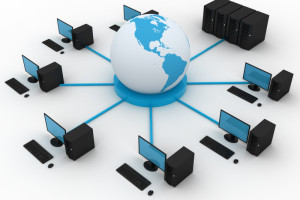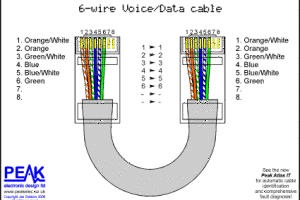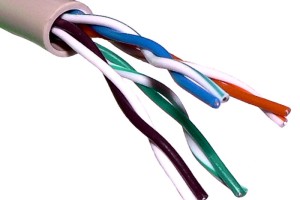Cable Management – The Missing Piece
The goal for just about every business is to have a well-managed network. The roadblocks in achieving this goal come in many forms — faulty installation, electronic interference, human error. These issues can each be addressed individually, but often problems persist. One approach to a smooth run network that is often overlooked is cable management. In addition to organization and system alerts, the goal is to have the network run quickly while forming a better alignment between the IT and business operations. In order to achieve this, you need to understand that network management is a combination of a quick, flexible infrastructure and an intelligent infrastructure. It is having these two elements work together that enables businesses to run efficiently and without breakdowns.
Most companies simply cannot handle any downtime. It plunges their business and ratings so quickly that the recovery time is double or triple the amount of time initially lost. Because over thirty percent of all downtime is a product of human error, the path to a cleaner network should include less human supervision and more tools that give alerts whenever there is an anomaly. This includes things like routers, switches, servers, and physical cabling management to keep systems neat and organized.
There are literally hundreds of different companies offering every imaginable kind of cable management and organization. However, the tricky part comes in tailoring a system to fit a particular location or business style. In all instances, there should be a labeling or organizational system for the cables, so that anyone can identify them when trying to do a repair. The variety comes in the way you choose to organize. In a cut and dry office, cabling can be bundled and neat, or out of eyesight entirely, but still easily reachable for technicians to maintain and service. In a place where desk space is key, and furniture is often moving, cabling might be mounted to the undersides of tables, or along the base of the walls. In a more artistic environment, cabling can even be visibly run along the wall in a creative geometric or flowering shape.
Once you have organization down, find some tools to help you create intelligent infrastructure. This is basically hardware and software that enables you to track and manage actual cable connections. A patch panel is rigged with a sensor to know when a patch cord has been unplugged or plugged in, and it will send that information to the software through controllers in the rack of patch panels or cords.
The software receives all the data and sends out alerts whenever necessary. It keeps track of every change in documentation, which will make restoring service a much quicker job. Some software is able to actively manage new connections through a pre set schedule. You can decide when you want a disconnection to happen in the coming months, and limit your usage to only the necessary ports. Most software interacts with other Simple Network Management Protocol (SNMP) devices to be able to pinpoint the physical location of a device, which is helpful for finding solutions for malfunctioning or rogue devices.
Due to the majority of cameras and other security equipment becoming more IP-friendly, the need for a well managed physical infrastructure becomes essential when these devices are using the same cable as voice and data networks. The key is to find the right solutions to effectively manage your network while still being able to communicate with other management tools.




